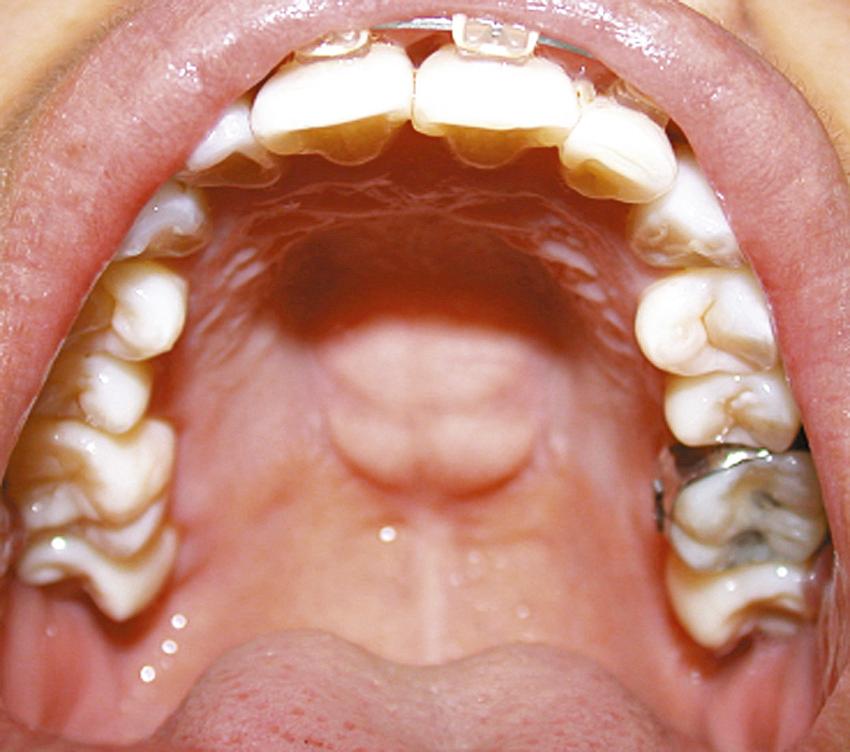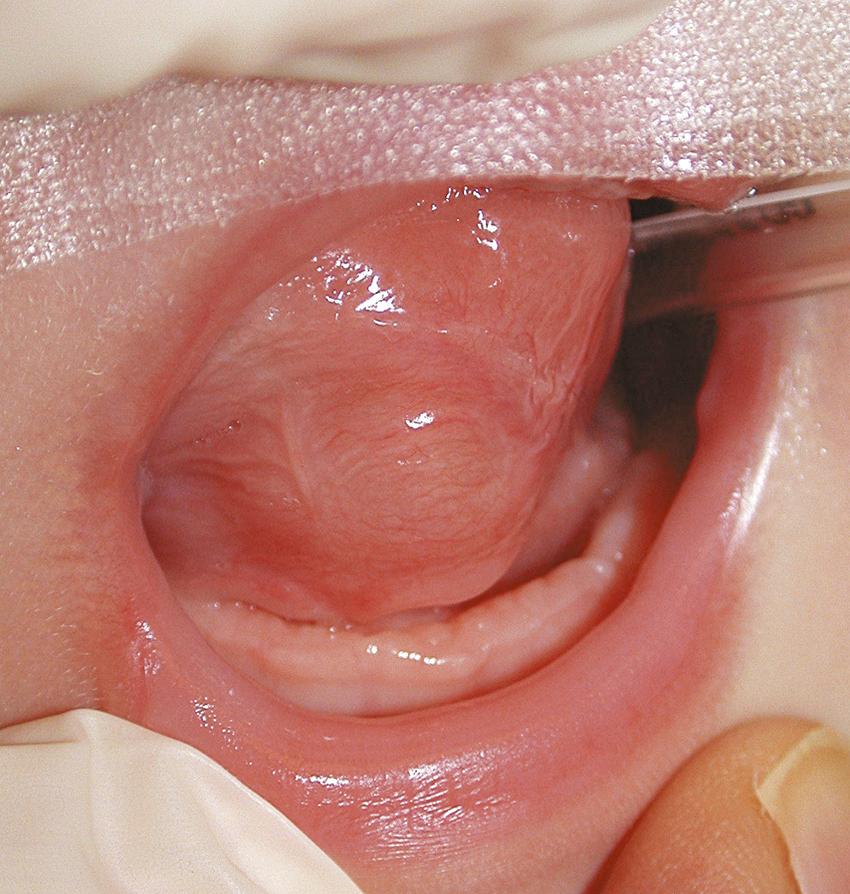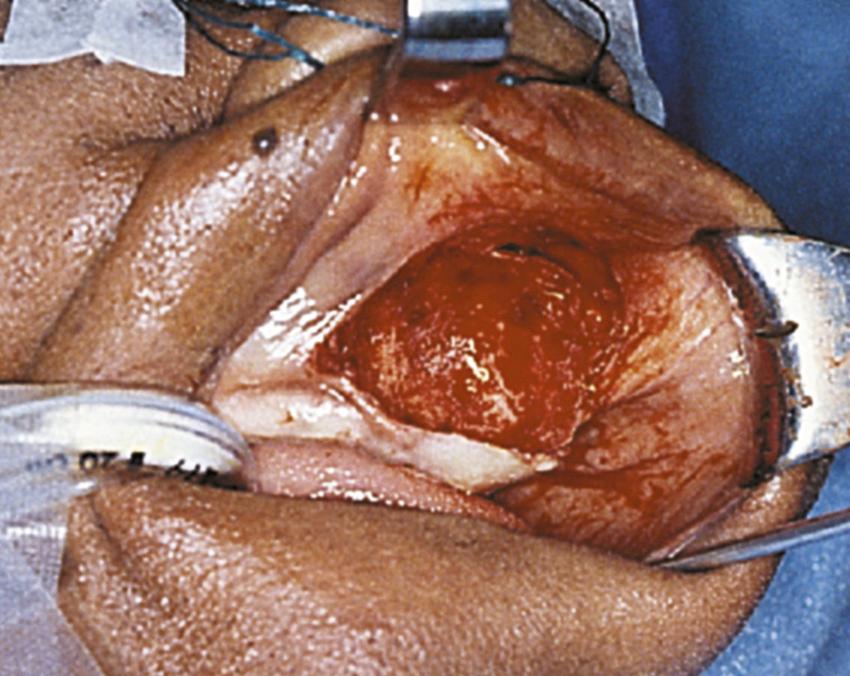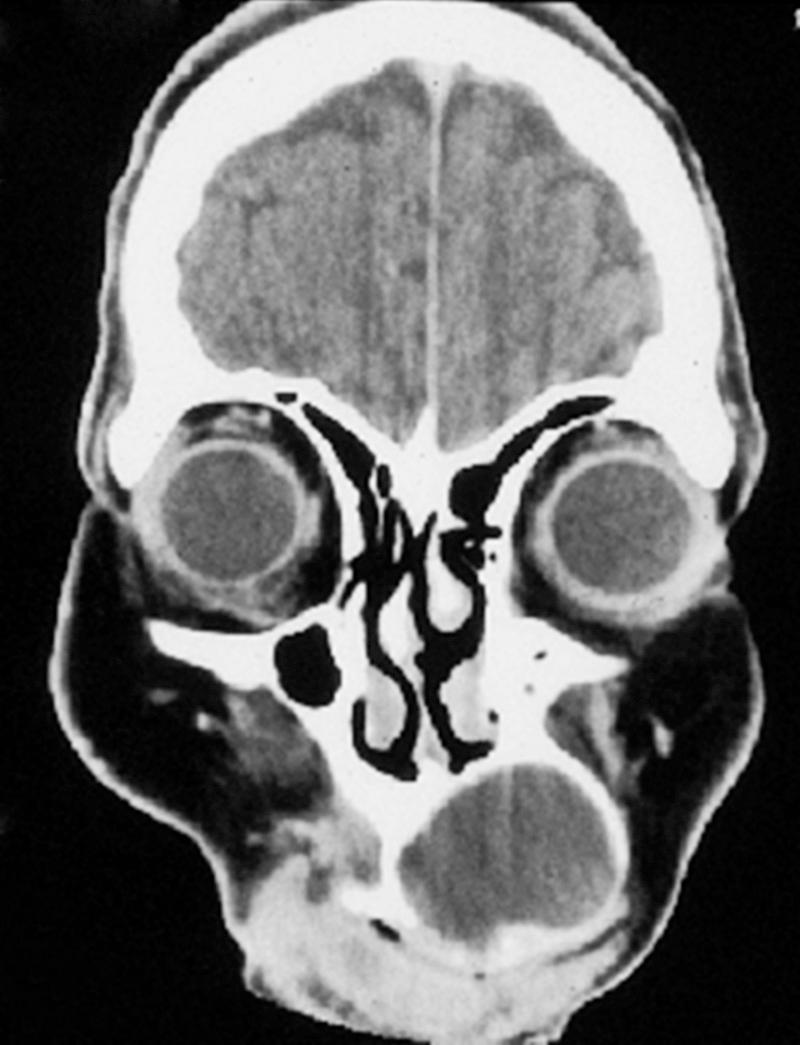Physical Address
304 North Cardinal St.
Dorchester Center, MA 02124
Benign neoplasms of the oral cavity are typically best treated with complete surgical excision. Generally, recurrence is rare, as is malignant transformation.
Treatment for tumor-like lesions involves either conservative medical management or surgical excision, depending on the particular clinical entity.
Development of aphthous ulcerations occurs in up to 60% of the population of the United States. Ulcerations that persist beyond 2 weeks should be biopsied.
Necrotizing sialometaplasia is a benign inflammatory condition of the minor salivary glands that has an appearance similar to that of malignancy. Biopsy is necessary to establish the correct diagnosis.
A plethora of conditions manifest themselves as tumors or tumor-like conditions that involve the oral cavity and oral pharynx. Conditions that more commonly appear and should be familiar to the otolaryngologists–head and neck surgeon are presented in this chapter. For convenience, these conditions are grouped into congenital, inflammatory/traumatic, and neoplastic conditions when formulating differential diagnoses.
Torus palatinus and torus mandibularis represent developmental anomalies that usually present in the second decade of life and continue to grow slowly throughout life. Tori present as mucosa-covered bony outgrowths of the palate and mandible. Tori of the oral cavity occur in 3% to 56% of adults and are more common in women. Tori of the palate are found only in the midline of the hard palate, whereas mandibular tori are found to involve only the lingual surface of the anterior mandible, primarily in the premolar region. Tori are typically pedunculated or multilobulated, broadly based, smooth, bony masses ( Fig. 90.1 ). They consist of dense lamellar bone with relatively small marrow spaces that do not involve the deeper cancellous bones of the mandible or palate. Patients with tori are usually asymptomatic, unless the torus interferes with denture placement or is repeatedly traumatized when the patient eats. In symptomatic patients, the tori can be treated by removing them from the underlying cortex with osteotomes or cutting burs. Recurrence is occasionally seen; however, malignant transformation has not been reported.

Approximately 90% of all ectopic thyroid tissue is associated with the dorsum of the tongue. Presence of a lingual thyroid reflects the lack of descent of thyroid tissue during development. The lingual thyroid is found in the midline in the area of the foramen cecum. The true incidence of lingual thyroid may never be known, because this entity does not always result in clinical manifestations; however, studies that involve neonatal screening for hypothyroidism revealed that approximately 1/18,000 to 1/100,000 live births were associated with ectopic thyroid tissue that involved the tongue. Although usually asymptomatic, the presence of lingual thyroid can be associated with hypothyroidism, and studies have shown that up to 70% of patients with a lingual thyroid also have hypothyroidism. Other symptoms might also be related to the mass effect of the lingual thyroid, which might cause airway obstruction and/or difficulty swallowing. Patients may complain of dysphagia or the sensation of a lump in the throat, and less common complaints include dysphonia or bleeding. Symptoms may occur at times of increased metabolic demands, such as during growth spurts in adolescence or during pregnancy. Malignant transformation is rare. Treatment for hypothyroid patients involves thyroid replacement therapy, which may also reduce the size of the lingual thyroid and, in turn, may reduce any obstructive symptoms. Treatment for symptomatic euthyroid patients typically involves surgical excision. A number of different approaches for surgical excision of lingual thyroid have been described and include transcervical routes by means of lateral pharyngotomy or transhyoid pharyngotomy as well as transoral robotic excision with use of the carbon-dioxide (CO 2 ) laser or cautery. The clinician must be prepared to administer postoperative exogenous thyroid hormone replacement therapy, because approximately 70% of patients will have the lingual thyroid as the only functioning thyroid tissue.
Congenital cystic conditions of the oral cavity and oropharynx are relatively rare. These usually include dermoid cyst, duplication cysts, and nasoalveolar cysts. Dermoid cysts are cystic masses found along embryonic fusion lines that form from epithelial rests. Histologically, dermoid cysts are lined by squamous epithelium of the keratinizing variety. They contain elements of epidermal appendages that include hair follicles, sweat glands, and connective tissue. Approximately 7% of dermoid cysts are found in the head and neck; of these, 6.5% to 23% are found in the floor of the mouth. Enteric duplication cysts are considered choristomas that contain elements of gastrointestinal mucosa. The cysts are lined with stratified squamous and columnar epithelium and are found anywhere along the digestive tract, including the tongue and floor of the mouth. In the oral cavity, duplication cysts appear at birth as an asymptomatic swelling that involves the tongue and/or the floor of the mouth ( Fig. 90.2 ). As dermoid cysts and duplication cysts of the oral cavity enlarge, functional problems such as difficulties with deglutition, speech, and respiration can be expected to occur. Treatment for both dermoid cysts and duplication cysts requires complete excision of the cyst to include all epithelial components.

Nasoalveolar cysts are thought to originate from trapped nasal epithelium between the developing lateral and medial maxillary nasal processes. The manifestations of nasoalveolar cysts usually occur in adulthood as the cyst increases in size. Patients typically present with swelling in the nasolabial area, which causes unilateral elevation of the nasal ala. Intraorally, a smooth, mucosal, covered mass in the gingival labial sulcus is seen. Remodeling of the anterior maxilla is also seen ( Fig. 90.3 ). Treatment of nasoalveolar cysts involves complete excision, usually by a sublabial approach ( Fig. 90.4 ). Care should be taken to repair any disrupted nasal mucosa such that the risk of postoperative oronasal fistula is diminished.


Become a Clinical Tree membership for Full access and enjoy Unlimited articles
If you are a member. Log in here